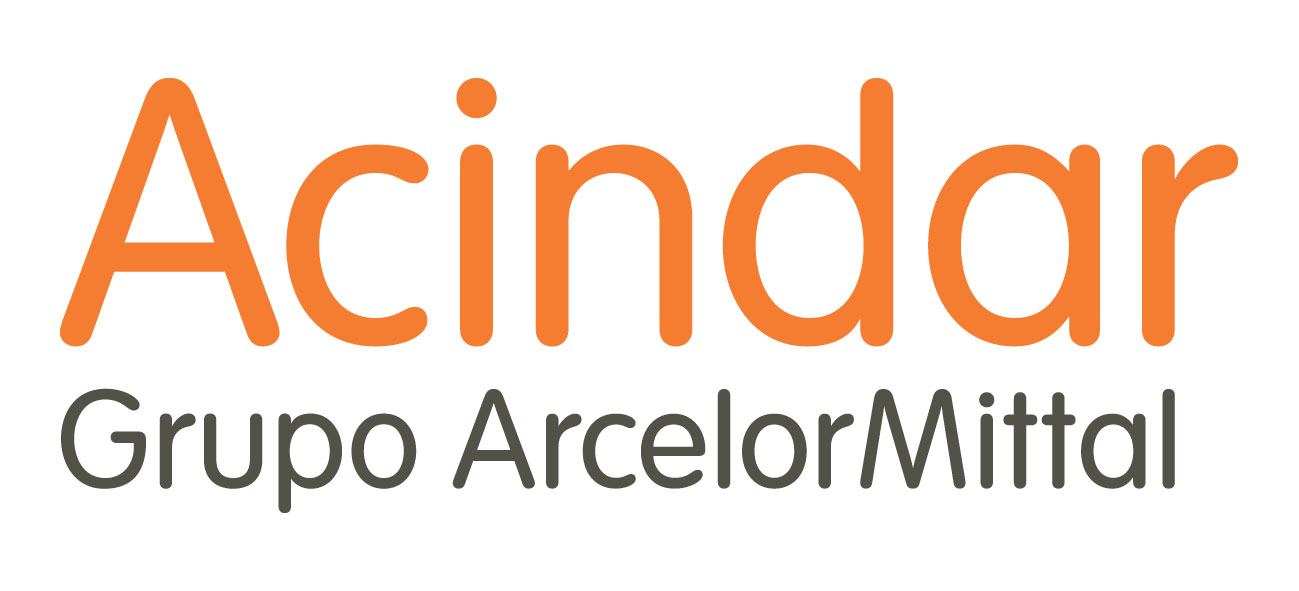Directed at offering solutions for families living in precarious renting situations, we are working to resolve the rise of unseen issues in urban housing. Hábitat para la Humanidad Argentina has focused on the research and experience of the Estela of Esperanzas project, an initiative that transformed an uninhabited space in the city into 9 apartments that are now rented to families who formerly lived in tenements or pensions.
The project considers two approaches:
- Offering residence to families (our main focus) for a period of three years with a tiered subsidy based on the time considered to be able to recover employment and income.
- The creation and operation of a support network for training, job placement and income together with specialized organizations. Using this approach we hope to offer the families the tools needed to access a safe and stable housing situation.
Our work is oriented towards possible changes in systems, practices and policies aimed at lobbying for fair rent so more people can have access to safe housing. In a city where more than 30% of the population live in rented housing, it is of utmost importance to find measures and models that provide a scale response to the reality of the housing situation.

The Hernandarias 674 building reinterprets the motifs and colors of La Boca in order to seek a harmonious aesthetic with its surroundings. In this way, the past is revalued to build the future. Declared of Social Relevance, by the Undersecretary of Planning of the Autonomous City of Buenos Aires, and of Social Interest by the Buenos Aires legislature in 2011. Image 2019.
Acknowledgments:
- He was a finalist in the International Relief and Development Project of the Year category of the UK Project Management Association competition in 2009.
- In April 2011, she was recognized with the Ashoka Changemaker Award: Sustainable Urban Housing: Collaborating to Create Inclusive Cities.
- It was presented at the 3rd Asia Pacific Housing Forum, at the invitation of Habitat for Humanity International and the International Federation of Red Cross and Red Crescent Societies in Bangkok in September 2011.
- It was presented during the participation of Habitat for Humanity Argentina in the conference on Housing and Health organized by the Tres de Febrero University through its UNESCO Chair.
- In October 2016, at the Habitat III event, the systematization of the experience was presented, which was in charge of Ana Cutts (Director) and María Elena Acosta, volunteer in charge of the systematization.
- In January 2017, the presentation made to the Call for Inspiring Practices for the New Urban Agenda, based on our experience working in rentals, received an Honorable Mention from UN-HABITAT.







![LogosAlianzas_0000_LogosNuevos_0003_Isologo Dow [Convertido]](https://hpha.org.ar/wp-content/uploads/2016/07/LogosAlianzas_0000_LogosNuevos_0003_Isologo-Dow-Convertido.jpg)













